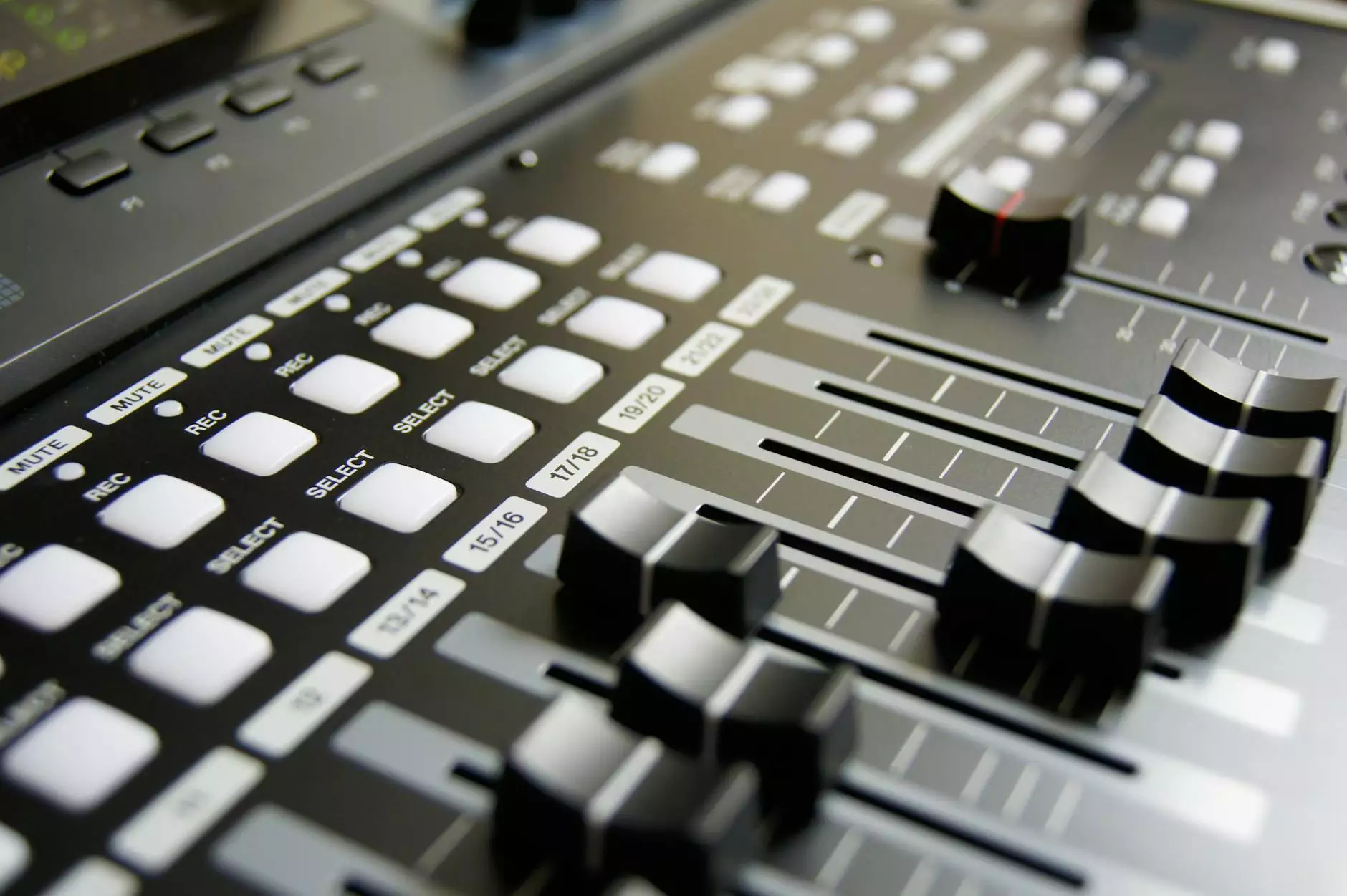Understanding Music Streaming Sound Quality: A Complete Guide for DJs and Music Production Services

The rise of streaming music has transformed the way we consume sound. Today, access to millions of tracks is just a click away, but not all music streaming platforms offer the same level of sound quality. For professionals in the music industry such as DJs and music production services, understanding music streaming sound quality is crucial to enhance their craft and deliver superior experiences. This article explores the nuances of sound quality in music streaming, offering insights and tips to help you make the best choices.
The Importance of Music Streaming Sound Quality
In the fast-paced world of music, sound quality can set a DJ apart and make or break a live performance. The importance of sound quality in music streaming includes:
- Enhancing Listening Experience: High sound quality ensures that listeners experience music as intended by the creators.
- Impact on Performance: For DJs, the ability to work with high-quality tracks can affect mixing and overall performance.
- Professionalism: High-quality sound reflects professionalism in music production and performance.
- Consumer Preference: Music enthusiasts are increasingly aware of sound quality, influencing their choice of streaming services.
Understanding Different Streaming Quality Levels
Music streaming services typically offer various levels of sound quality. To comprehend music streaming sound quality, it’s vital to know the most common formats:
- Lossless Formats: Formats like FLAC, ALAC, and WAV deliver the best quality by compressing audio without losing any data. Ideal for true audiophiles.
- High Bitrate MP3: This format can offer good sound quality while compressing file size, making it suitable for streaming. Higher bitrates (256 kbps and above) provide better quality.
- Streaming Protocols: Services like Tidal use MQA (Master Quality Authenticated), providing studio-quality sound through complex encoding algorithms.
Key Factors Affecting Music Streaming Sound Quality
Several key factors influence the sound quality of music streaming:
1. Compression Techniques
Most streaming services use compression techniques to reduce file sizes for quicker streaming. While this is efficient, it can affect sound quality. Lossy formats like MP3 remove some audio data, which can diminish the experience for the listener.
2. Bitrate
The bitrate, measured in kbps (kilobits per second), is a crucial aspect of how sound is transmitted. A higher bitrate typically equates to better sound quality. For example:
- 128 kbps - CD quality, but audio may lose details.
- 256 kbps - Considered a sweet spot for many services.
- 320 kbps - Close to lossless quality for most listeners.
3. Sampling Rates
Sampling rate determines how many samples of audio are taken per second and affects the fidelity of the sound. Higher sampling rates (like 24-bit/192 kHz) can capture more detail, although most casual listeners may not notice improvements beyond CD quality (16-bit/44.1 kHz).
Comparing Popular Streaming Services
Different music streaming platforms offer varying levels of sound quality. A comparison can help you determine the best service for your needs:
ServiceSound QualityPrice RangeSpotifyUp to 320 kbps (Ogg Vorbis)$9.99/monthTidalUp to 1,411 kbps (FLAC)$19.99/month (HiFi)Apple MusicLossless up to 24-bit/192 kHz$9.99/monthAmazon Music HDLossless up to 24-bit/192 kHz$14.99/monthHow to Optimize Music Streaming Sound Quality for DJs
As a DJ, making the most of music streaming sound quality can profoundly impact your performances. Here are some practical tips:
1. Choose the Right Platform
Invest in a streaming service that prioritizes sound quality, like Tidal or Apple Music. Check their settings to ensure you’re streaming at the highest possible quality.
2. Use High-Quality Audio Equipment
Utilizing professional-grade headphones, speakers, and audio interfaces can help you appreciate and deliver the best sound quality possible. Equipment that supports high-resolution audio playback is essential.
3. Optimize Your Network Connection
Maintaining a stable and fast internet connection is vital. Use a wired connection whenever possible to avoid interruptions during playback. If you must use Wi-Fi, ensure your signal is strong and reduce interference from other devices.
4. Download Tracks When Possible
Many platforms allow users to download tracks for offline listening. This can often provide higher quality playback, as tracks can stream smoothly from local storage rather than relying on internet speed.
The Future of Music Streaming Sound Quality
Looking ahead, the evolution of technology alongside consumer demand will continue to shape the music streaming landscape. Here are a few trends to watch for:
1. Dominance of Lossless Audio
With increasing awareness of audio quality among consumers, lossless formats are likely to become more mainstream. Streaming platforms are already introducing lossless options to cater to audiophiles.
2. Integration of Advanced Technologies
Artificial intelligence (AI) and machine learning may play roles in enhancing audio streaming quality, potentially delivering personalized experiences based on listening habits.
3. Expansion of 3D and Spatial Audio
As technology advances, formats like Dolby Atmos and other spatial audio technologies are becoming more popular. These formats offer immersive experiences that can significantly alter how listeners interact with music.
Conclusion
In the world of music, sound quality is more than just a technical specification; it's a crucial element that influences listening experiences, performance effectiveness, and professional reputation. Understanding music streaming sound quality allows DJs and music production services to elevate their game, ensuring that both artists and audiences enjoy the highest sound fidelity. As technology continues to advance, staying informed about these changes will empower you to make the best choices for your listening and performing experiences. Remember, investing in quality doesn’t just enhance your craft—it also greatly enriches the moments you create through music.









